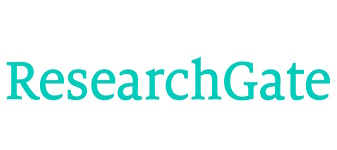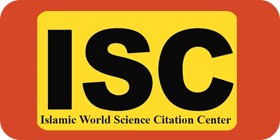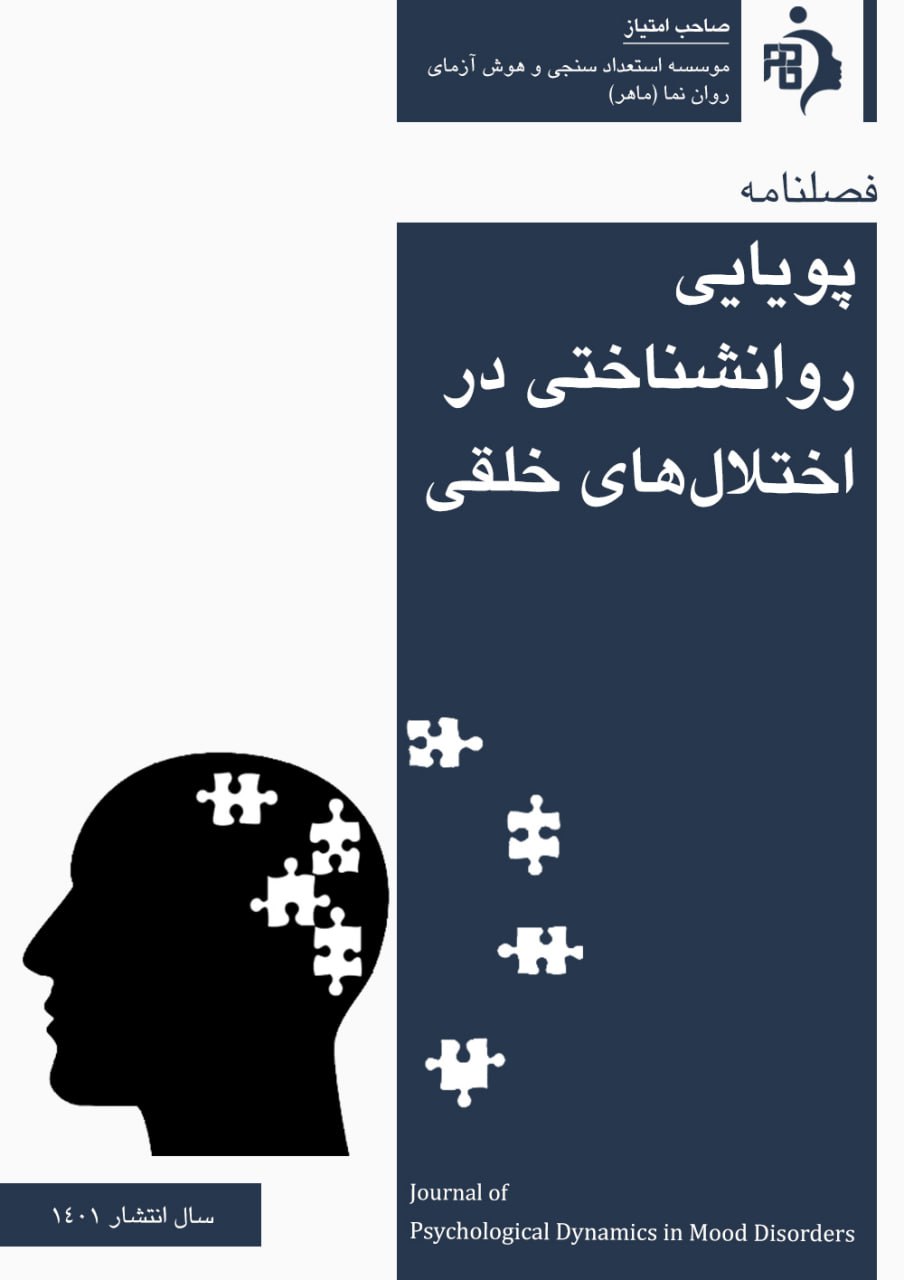Presenting a Model of the Tendency to Self-Harming Behaviors of Teenagers on Cyberspace Addiction with the Mediation of Cognitive Emotion Regulation
Keywords:
Tendency Towards Self-Harming Behaviors, Addiction to Social Media, Cognitive Emotion RegulationAbstract
The aim of the present study was to present and test the model of tendency towards self-harming behaviors of adolescent based on addiction to social media with the mediation of cognitive emotion regulation. The research method is descriptive and of the type of correlation designs and structural equation modeling method. In the present study, the statistical population included high school students studying in the second level of high school in Tehran in the academic year 2023. The sampling method in the present study was a cluster method. The research tools include cyberspace addiction scale by Khawaja Ahmadi et al. (2015), cognitive regulation of emotion questionnaire by Garnofsky and Kraij (2006), and the self-harming behaviors scale Sanson et al. (1998). In the data analysis, in addition to the calculation of descriptive indices (including the calculation of frequency distribution tables, percentages, central tendency and dispersion indices such as mean and standard deviation), inferential indices were calculated. Necessary calculations were made using AMOS software and fit indices and path coefficients were extracted for the proposed model. The results of data analysis showed that the fit indices of the research model are in a favorable condition. Addiction to social media have a significant direct effect on students' tendency to self-harming behaviors. Also, cognitive emotion regulation plays a mediating role in the relationship between addiction to social media and the tendency to self-harming behaviors of adolescents.










